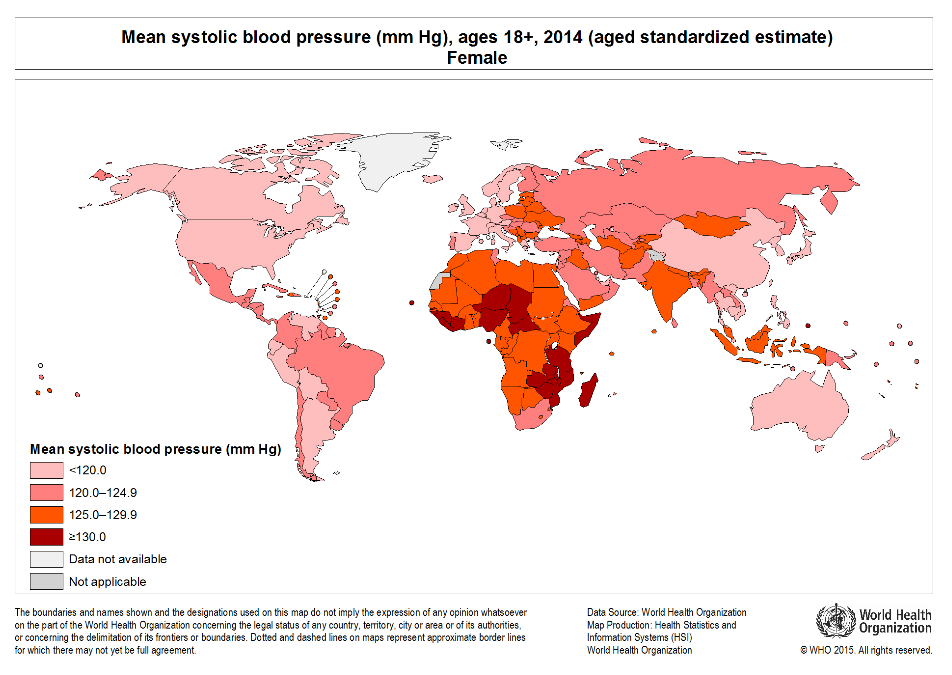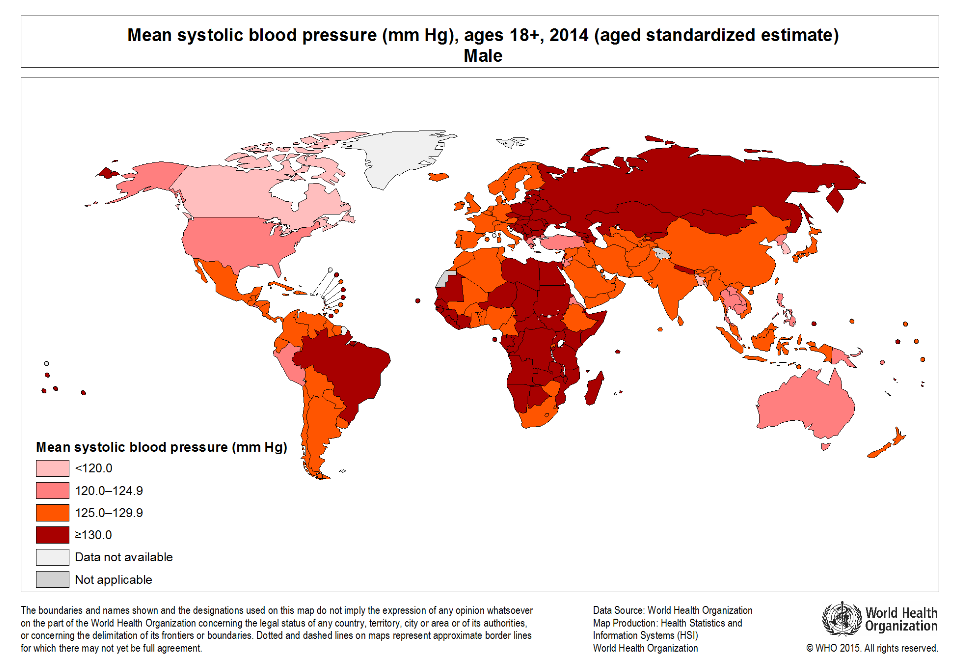Enhancing HIV Care Delivery Systems to Address Noncommunicable Diseases
By Linda Kupfer, PhD (NIH) and Pragna Patel, MD, MPH (CDC)
Reducing stroke risk in people living with HIV
Hypertension, also known as high blood pressure, is the leading risk factor for stroke. We know that early detection and treatment of high blood pressure can reduce the risk of stroke by up to 40%. Although screening and treatment are inexpensive, efforts to control high blood pressure in many sub-Saharan African countries have been limited. Research tells us that in several African countries, 60-90% of people with high blood pressure aren’t even aware that they have it, and less than 5% of those who are aware of their condition have it under control. Often, people with high blood pressure seek treatment only after they have developed heart disease or experienced a stroke.
How can we reduce the number of deaths due to stroke and other noncommunicable diseases (NCDs) in Africa and other low-and middle-income countries? One way is to take advantage of existing successful public health treatment platforms in the region. HIV treatment programs are already in place across Africa, and we can use these programs to bring high blood pressure screening and treatment to more people who need it.
As a result of the U.S. President’s Emergency Plan for AIDS Relief (PEPFAR), HIV prevention, care, and treatment programs were established in over 30 low- and middle-income countries (LMICs) worldwide. Through PEPFAR, over 6 million people infected with HIV are now on treatment and living longer. However, data show an increase in NCDs like heart disease and stroke among people living with HIV (PLHIV). Adding high blood pressure treatment to HIV care can reduce these numbers and help those affected live healthier lives.
Moving forward through research
The National Institutes of Health (NIH), in collaboration with PEPFAR and several LMICs, is exploring ways to add prevention, care, and treatment for NCDs – including heart disease and stroke — onto existing HIV programs which are supported by the CDC Country Offices. The PEPFAR-NCD initiative will focus on PLHIV, many of whom are being treated successfully for HIV but are at risk for or already experiencing NCDs. Through this research, existing investments in workforce, health infrastructure, and data systems that were developed to confront the HIV/AIDS crisis may be expanded to help address patient management and prevention of NCDs. Research will also guide and support interventions that build on existing HIV investments with the goal of treating PLHIV who are also affected by NCDs.
Working together across the globe
The PEPFAR-NCD project is led by a steering committee of subject matter experts from the US and LMICs and supported by an NIH-led interagency secretariat, which includes CDC and United States Agency for International Development (USAID). Over 60 interagency representatives are working together to identify and address important research questions related to NCDs and HIV. The project has representatives from NIH institutes, PEPFAR implementing agencies and the Office of the Global AIDS Coordinator, US and LMIC Universities, Ministries of Health, and non-government organizations.
Six priority activities have been established for the coming two years:
- To better understand burden of disease, we will collaborate with appropriate institutions to incorporate NCD/PLHIV questions into existing surveys and to model NCD prevalence in PLHIV.
- To support stake-holder buy-in and policy change in three countries, we will develop a compendium of existing NCD protocols, policies, and guidelines for PLHIV.
- To support implementation science, we will collaborate with researchers and funders in high income countries (HIC) as well as and LMIC to further refine and prioritize NCD-HIV research questions.
- To assist countries in implementation, we will review current NCD-HIV integration models and develop a harmonized set of indicators, a conceptual framework, and an evaluation paradigm for integration.
- To increase awareness, we will conduct a NCD, awareness needs assessment with three countries and prioritize the development of resources for a country specific toolbox.
- To disseminate information widely, we will publish analyses and findings to support NCD/HIV integration in LIMCs.
Making a difference in LMICs
With the tools and resources, including models for HIV-NCD integration, developed by this project, LIMCs will be empowered to integrate NCD management into their HIV care delivery systems and provide more comprehensive care. The science gained from the research will help countries develop better programs in the future. In support of this endeavor, the National Cancer Institute has funded the development of NCD Centers of Research Excellence. Eventually, NCD-HIV integrated programs could expand care to the general population and potentially prevent millions of deaths.
For more information contact: Linda Kupfer (kupferl@mail.nih.gov) or Pragna Patel (plp3@cdc.gov) or visit the PEPFAR-NCD website (http://www.fic.nih.gov/About/Staff/Policy-Planning-Evaluation/Pages/pepfar-ncd-project.aspx).
Note: The maps below show how people in sub-Saharan Africa are disproportionately affected by high blood pressure, a leading risk factor for stroke.

